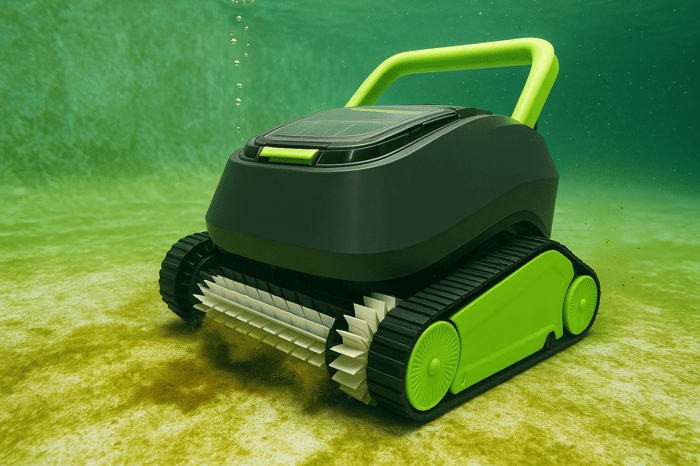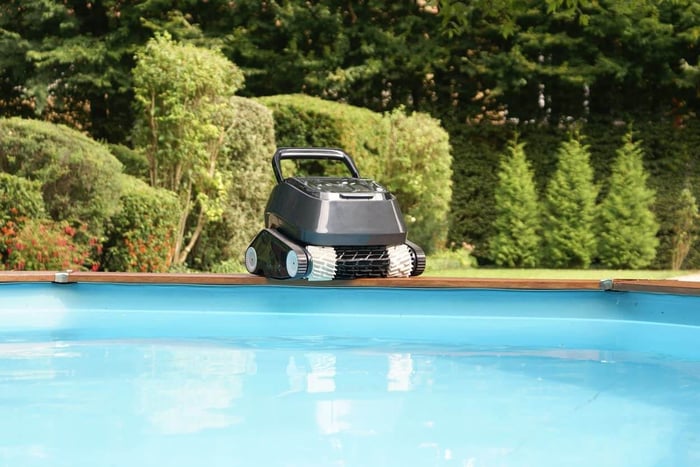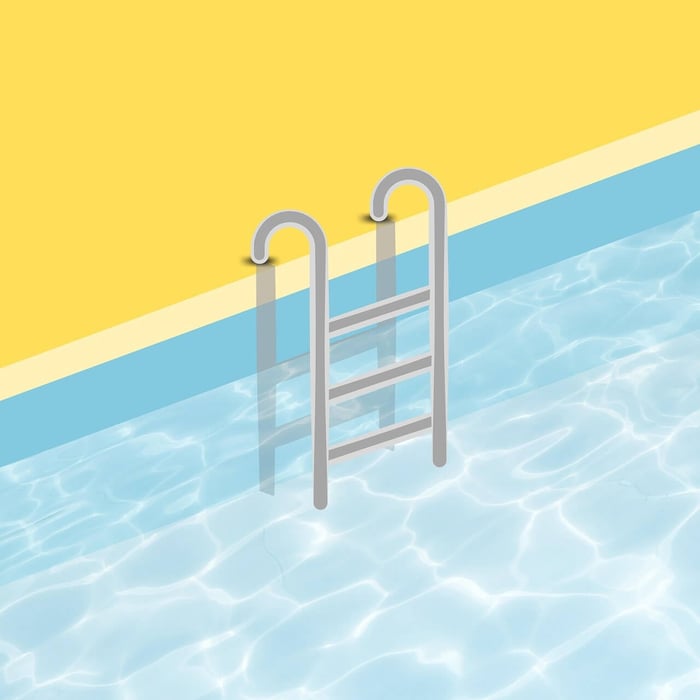Do Robotic Pool Cleaners Work on Algae? (And What to Do If They Don’t)
If you’re wondering whether robotic pool cleaners can handle algae, you’re not alone. This is one of the most common questions we get at NYC Pool Supplies. While a robotic pool cleaner can help with algae, they’re not a silver bullet. In this post, we’ll bust some common myths, explain how robotic cleaners fit into your total pool care plan, and what to do if your pool still has algae after using one.
Myth #1: Robotic Pool Cleaners Eliminate All Algae
This is only partially true. Robotic pool cleaners are excellent for scrubbing surfaces and capturing debris — including some algae. If you have mild algae blooms forming along the walls or floor, many high-quality models can scrub these areas and vacuum up the loosened debris.
However, they do not kill algae. Algae is a living organism, and robotic cleaners are not equipped with algaecide or UV sterilizers. What they do is help reduce the conditions where algae thrive, such as still water and built-up organic matter.
Myth #2: If You Have a Robotic Cleaner, You Don’t Need Chemicals
Wrong again. Pool chemistry remains the foundation of clean water. Your robotic cleaner is your cleaning assistant, not your pool chemist. Even with daily robotic cleaning, you still need to maintain proper chlorine levels, balance pH, and shock your pool as needed.
If you're using a robotic cleaner but notice recurring algae, check:
Free chlorine level (should be 1–3 ppm)
pH balance (ideal range is 7.2–7.6)
Cyanuric acid levels (for UV stabilization)
Filter condition and backwashing schedule
How Robotic Cleaners Help With Algae
Think of your robotic cleaner as part of a defense system, not the entire solution. Here’s what it can do well:
Scrub walls and floors, removing visible algae buildup
Keep water circulating, especially in dead zones
Reduce debris, depriving algae of food sources
Prevent regrowth by maintaining consistently clean surfaces
Regular use of a robotic cleaner keeps algae from gaining a foothold, particularly during warm, stagnant weather.
What to Do if You Still See Algae
Even with a robotic cleaner in use, algae can still occur. Here’s your step-by-step plan:
Step 1: Identify the Type of Algae
Green Algae – Common and fast-spreading; usually appears on walls
Yellow/Mustard Algae – Clings to shaded walls and equipment
Black Algae – Stubborn and rooted deeply in plaster or grout
Step 2: Shock and Brush
Perform a chlorine shock treatment. Let the cleaner sit idle during this time. Then, manually brush the pool walls and floors thoroughly. Once algae is loosened, run the robotic cleaner to help vacuum up debris.
Step 3: Clean the Filter and Cleaner
Algae remnants can clog your system. Clean your filter and empty the robotic cleaner’s basket or cartridge after each cleaning cycle.
Step 4: Consider a Specialty Algaecide
For persistent problems, use an EPA-registered algaecide specifically suited to the algae type. Follow label directions carefully.
Choosing the Right Robotic Cleaner
Not all robotic cleaners are built the same. Here’s what to look for if algae is a concern:
Strong scrubbing brushes (not just suction-based models)
Wall and waterline climbing ability
Fine filtration cartridges that trap microscopic debris
Smart navigation to avoid missed spots
Our top performers for algae-prone pools include:
8streme Black Pearl Ultra – Battery-operated and smart-mapped
Cobalt Corded Series – Powerful wall scrubbing and budget-friendly
Final Tips for Algae-Free Swimming
Run your cleaner regularly (2–3 times per week or daily during peak season)
Balance your pool chemistry at least once a week
Clean your filter often
Shock after storms or heavy pool use
Remember, robotic cleaners make pool ownership easier and help prevent algae, but they can’t replace good chemistry and manual attention when needed.
Have questions about choosing the right cleaner for your pool? Contact Us — we’re happy to help.
See our best Robotic Pool Cleaners linked here.




